About a month ago, after writing on the Citizen Tsuno Chronograph Racer, the publicist I was borrowing the watch from for the article let me know they were the first to have the retail model of the Bulova Oceanographer Devil Diver in New York. I’ve written on the watch before after its initial release, but this was one of the first market models available for review, which I did so over the course of a couple weeks.
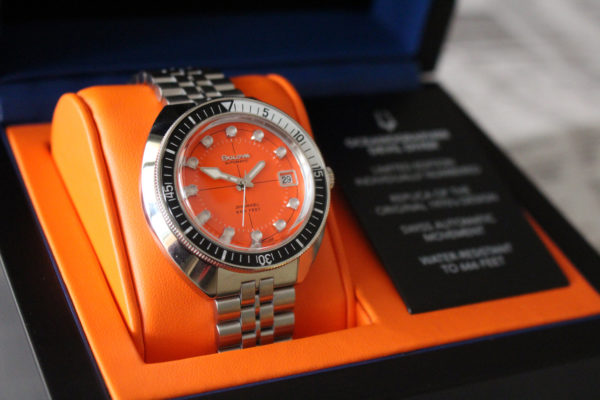
To refresh, the new Devil Diver was released in 2018 after a survey jointly conducted by the Citizen-owned brand and the New York based vintage watch dealer Analog/Shift asked fans which of three models they should re-issue, and the 1972 Bulova Oceanographer was chosen (picture below, via Watchsteez). This historic watch — so nicknamed for its 666-ft depth rating written on its bright orange dial — was a part of the 1960s and ‘70s Oceanographer Snorkel series. It wasn’t the most beautiful or technologically advanced diver, but it had an interesting dial, comfortably sized 40-mm case, and could take a beating, so they were popular in their time and remain so today among vintage collectors
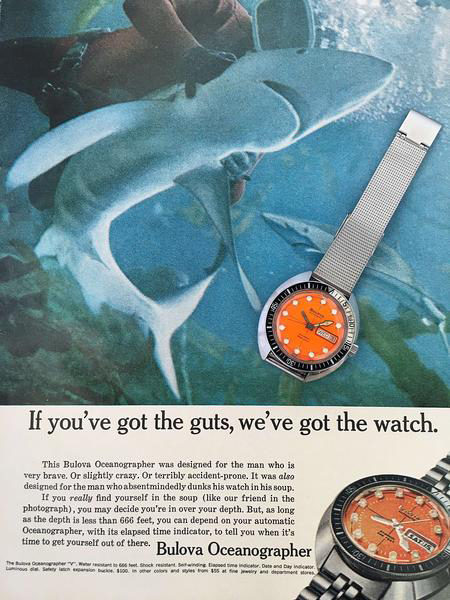
When I first received the modern Devil Diver, my mind was quickly drawn back to the days when I was regularly selling vintage watches and these Bulova Snorkel watches in particular. Upon first glance, the piece is a vintage re-issue through and through, from its slightly domed 40-mm steel case with black and white bezel, to its fascinatingly retro dial with its applied opaque hour markers, crosshair, and bright orange background. I think I was a bit taken aback by the orangeness of it: the color is plainly not all too common in watches and among the few (mostly dive) watches that use it, its purpose is almost solely to draw attention for maximum visibility while under the waves. This particular model also wasn’t one of the signed Analog/Shift watches, which were limited to thirty copies while the re-issue as a whole is limited to 666 editions. Instead the case back was simple and utilitarian, as expected for the tool watch. Ultimately, it felt like a slightly brighter and more refined new old stock Devil Diver, which was Bulova’s primary intention with the re-issue.
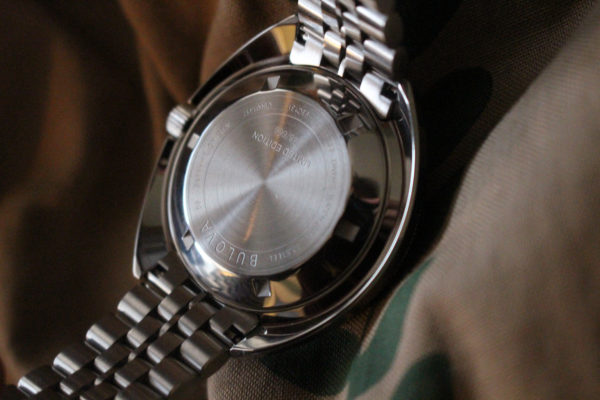
After about a week with the watch, when the initial luster having something shiny in your possession begins to fade, I still appreciated the vintage features of the piece, but I did begin to reach for my regular wearers. The screw-down crown, while coolly signed with the Bulova’s logo and using the same sizing as the vintage, was quite difficult to adjust— a feature that I likely wouldn’t have given so much thought if I didn’t need to keep adjusting it every ten minutes or so while photographing.
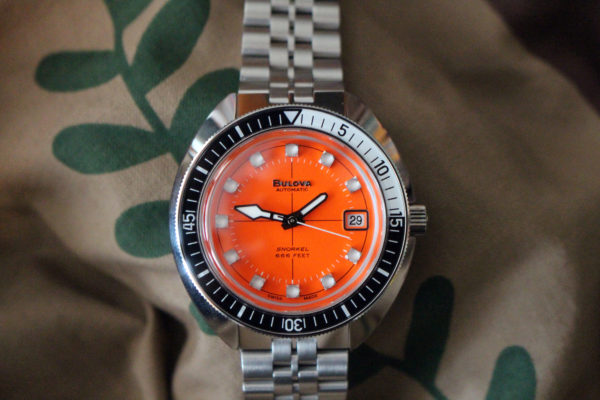
The only real issue I took with the watch was in the bracelet: the finishing was not the highest quality in the world, and while the secondary safety clasp was a nice touch, it was difficult to open with a nail or finger alone which I could imagine becoming quite frustrating. With that said, the watch was surprisingly comfortable for its thickness, and I didn’t find myself releasing the bracelet often. Whether the quality of a bracelet is a deal breaker on a watch, I would say no — you can always change it out — but a modern silicone strap would have been a welcome addition, even if breaking with the historical accuracy of the model.
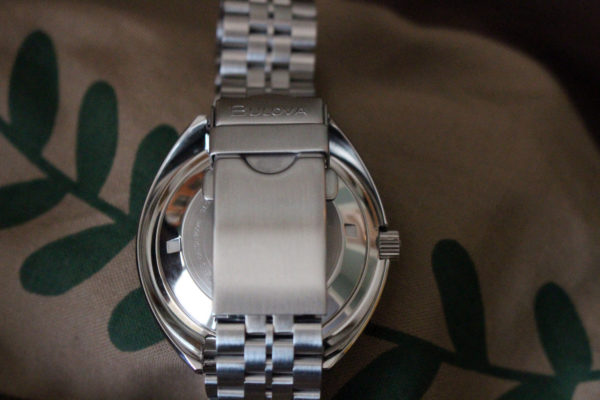
The watch was clearly made with collectors in mind. For Bulova, a massive brand with incredible manufacturing power and market reach, to produce a limited-edition vintage reissue at higher price point than is typical for the brand speaks to nothing else. For reference the piece is listed by the brand at just under $1500. Whereas their other vintage style pieces are priced significantly lower, with the Lunar pilot initially retailing for $675, and the Chronograph C “Stars and Stripes” listed for $750. That the watch hasn’t completely sold out yet at a relatively low production run of 666 models may further speak to a slight overestimation of interest in the re-issue, though some buyers may be opting to the more modern neo-vintage style black version at 44-mm and priced far below at $795.
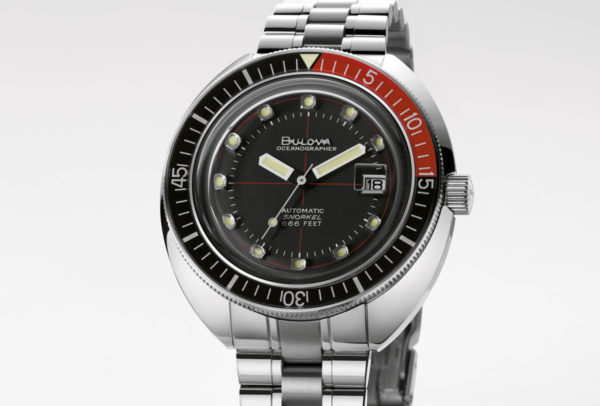
Sales aside, it is an interesting design reviving what was and is a pretty popular vintage model. The dial is very attractive, and between its color and hour markers I frequently found myself admiring it, and even more frequently found myself in conversation discussing it with curious friends. Is it the best re-issue to emerge from Bulova in the past few years? No. But it speaks to the brand’s continued effort in the vintage re-issue and neo-vintage space, and further indicates their likely continued willingness to produce watches within it going forward. An observation verified by the multiple new Devil Diver colorways and the new Bulova Computron LED both released during Baselworld 2019.
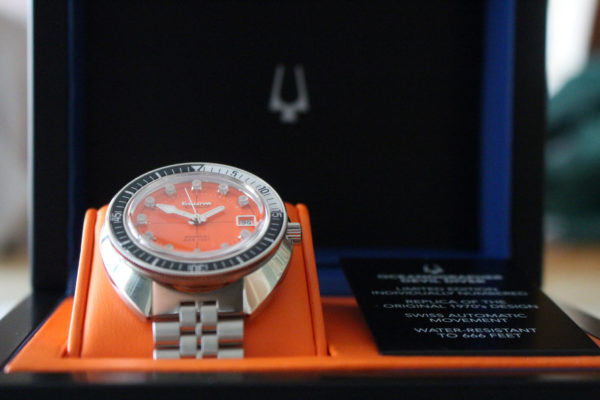
For the most recent article in the “Vintage Eye” series, in which we discuss the historical inspirations behind the RGM Model 222-RR, click here.
Caleb Anderson is a freelance writer with a primary focus on vintage watches. Since first discovering horology, he has garnered extensive knowledge in the field and spends much of his time sharing his opinions among other writers, collectors, and dealers. Currently located near New York City, he is a persistent student in all things historical, a writer on many topics, and a casual runner.

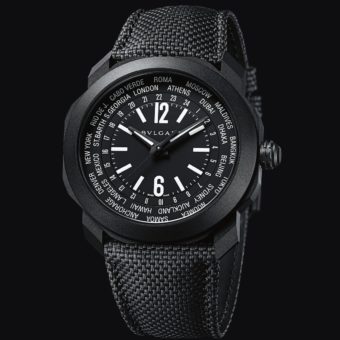
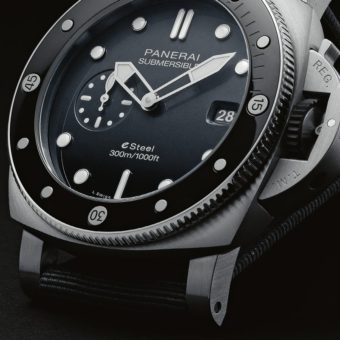
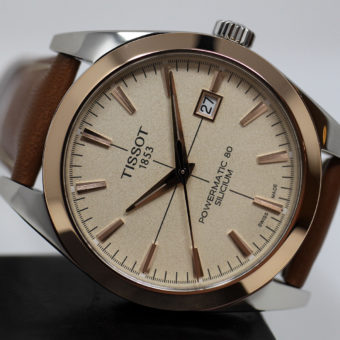
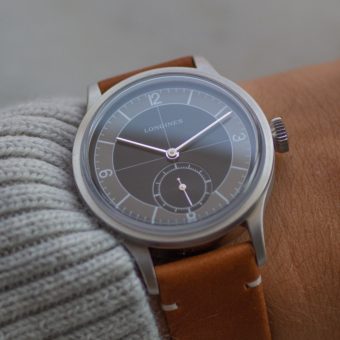
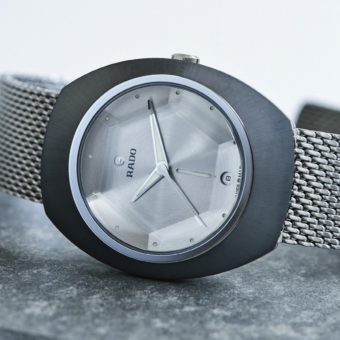
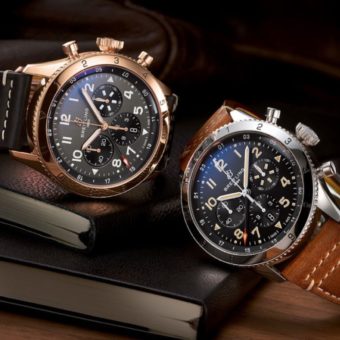
I like the orange face but after the revue in the April issue of the 98b320 I bought that one and like it